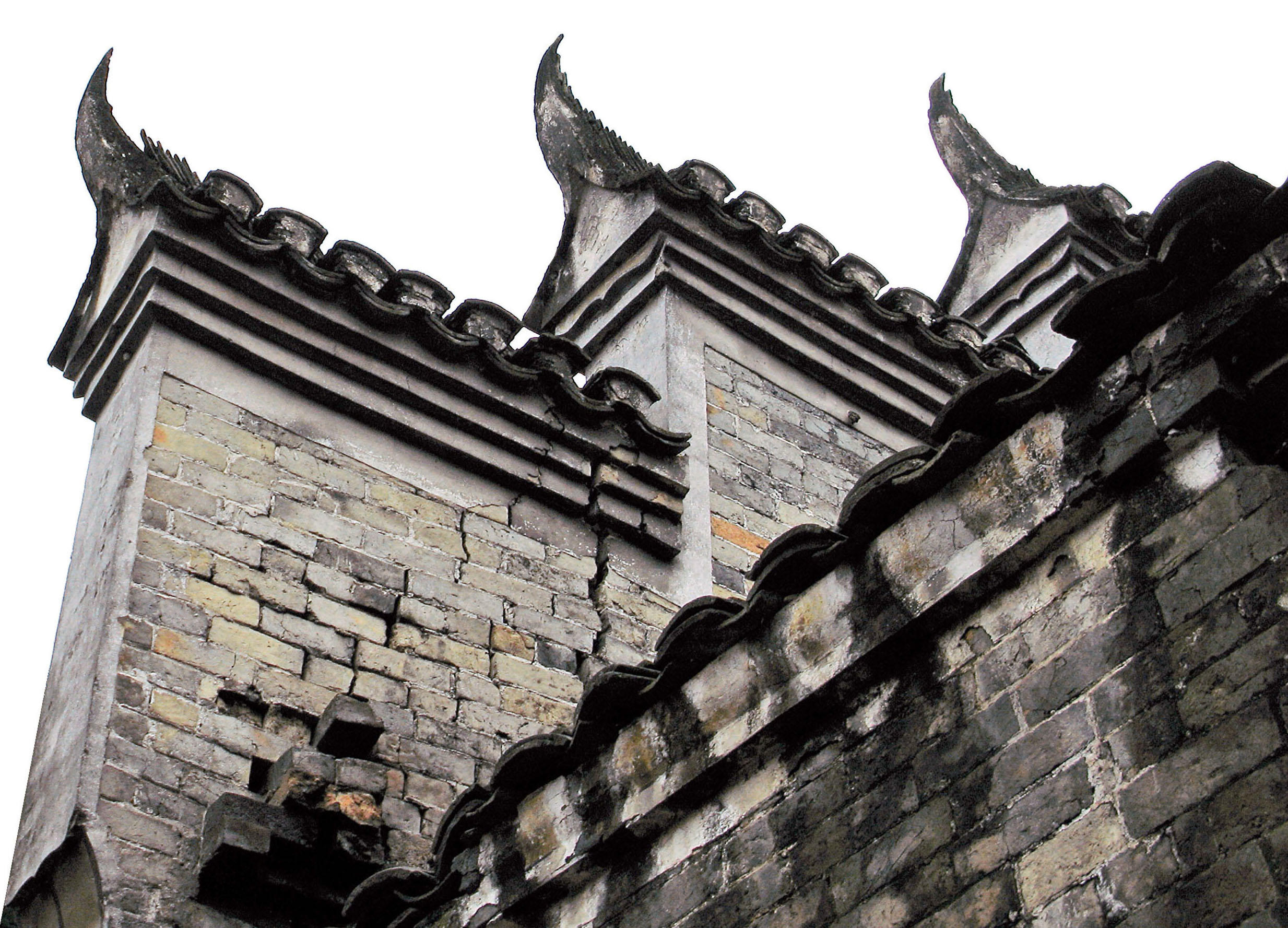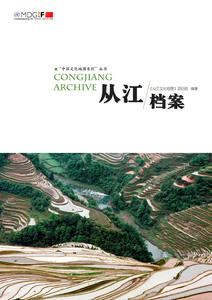目录
-
引言 [收起]
-
Introduction [收起]
-
项目实施 [收起]
-
项目成果 [收起]
Why Cultural Mapping?
UNESCO(United Nations Educational,Scientific and Cultural Organization)is very pleased to have introduced cultural mapping to Congjiang,Guizhou within the framework of the MDG-F(Mill ennium Development Goals Achievement Fund)China CDPF(Culture and Development Partnership Framework).
Congjiang is a beautiful mountainous region with a high density of indigenous communities each bearing distinct ethnic cultural traditions. Increasingly these communities are faced with the challenges as well as opportunities of development. At this cross-road it is an ideal place for cultural mapping and a project on culture and development.
Mapping has been mankind’s indispensable tool in elucidating natural and cultural landscapes and is used for a myriad of purposes. According to Chapin et al(2005),we can trace the origin of modern ‘cultural’ mapping to the Canadian and Alaskan Arctic from the late 1960s onwards,when geographers and indigenous people realized that their interests came together. And cartography was the right medium for expressing tacit knowledge of natural resources and their cultural significance.
Cultural mapping,therefore,is used in both a literal and metaphorical sense,where it goes beyond strict cartography to include not only land,but also other cultural resources and information recorded by alternative techniques. Cultural mapping themes are wide and varied and include the anthropological,sociological,archaeological,genealogical,linguistic,topographic,musicological,botanical etc.
Cultural mapping involves a community identifying and documenting local cultural resources. Through this identification,reflection and collection,cultural elements are recorded the tangibles such as distinctive landmarks or buildings,movables such as crafts and objects as well as the intangibles like local events,memories,personal histories,attitudes or values. This process helps a community realize what makes it unique,defines it or reflects it identity. Cultural mapping can be completed at this stage. However the most fundamental goal of cultural mapping is to help communities recognize,celebrate and support cultural diversity for economic,social and regional development(Clark,Sutherland and Young,1995). It involves initiating a range of community activities or projects to conserve and use the identified elements.
It encompasses a wide range of techniques as well as activities from community-based participatory data collection and management to sophisticated mapping using GIS(Geographical Information System). Accordingly,collected data can be represented through a variety of formats like geographic maps,drawings,photographs,videos,stories and even graphs,diagrams,statistical databases or satellite-produced images. They can become the cultural resource and archive for the communities as well as the documented data that serves as invaluable information for the development of regional and national strategies,as they are based on personal and community interpretations of culture.
Cultural mapping with indigenous communities the research process and the result should provide the communities involved with a tool and technique to honor and/or revitalize their identities and cultural resources,which they believe are essential to their development,and help equip them to defend their rights and interests. It is imperative for the indigenous peoples to play a dynamic role in determining what kind of information they map,what methodology or process they use in the mapping and what type of ‘map’ to produce. The end purpose is not just to map and record/collect the communities’ knowledge and perceptions but the whole process of intergenerational dialogue about knowledge that is shared,transmission of local knowledge systems and cultural revitalization.
Cultural mapping has been recognized by UNESCO as a crucial tool and technique to keep communities cultural consciousness alive as an indispensable objective to safeguard cultural diversity. This is crucial also for identifying and preserving the world’s intangible and tangible cultural assets.
Cultural mapping is an important tool for UNESCO in its efforts to assist Member States and civil society in creating platforms for intercultural dialogue and increase awareness of cultural diversity as a resource for fighting poverty,maintaining sustainable management,use of natural resources,adaptation to climate change,good governance or peace building.
(注: 屋檐。
Eave.
梁全康 摄
Photo by Liang Quankang)
The cultural mapping project in Congjiang generated interesting and inspiring community exchanges and interactions,and provided the communities an opportunity to collectively reflect and debate on the significance of their unique traditions,how they interpret and express their culture,how and what they aspire to do with their culture and to cultivate a local awareness of their culture and identity.
Over three years,eleven pilot villages participated in the cultural mapping project producing as tangible project output cultural maps,annual cultural calendars and village cultural archives. Other results generated and initiated are fascinating and inspiring and reflect the richness and diversity of the indigenous communities giving us outsiders a glimpse into the wealth of local knowledge and richness of local culture and themselves a reminder about the importance and value of their culture traditions. The intangibles are less visible and less measurable,but a start has been made in cultivating and strengthening local cultural consciousness,identity and pride as well as community cohesion.

